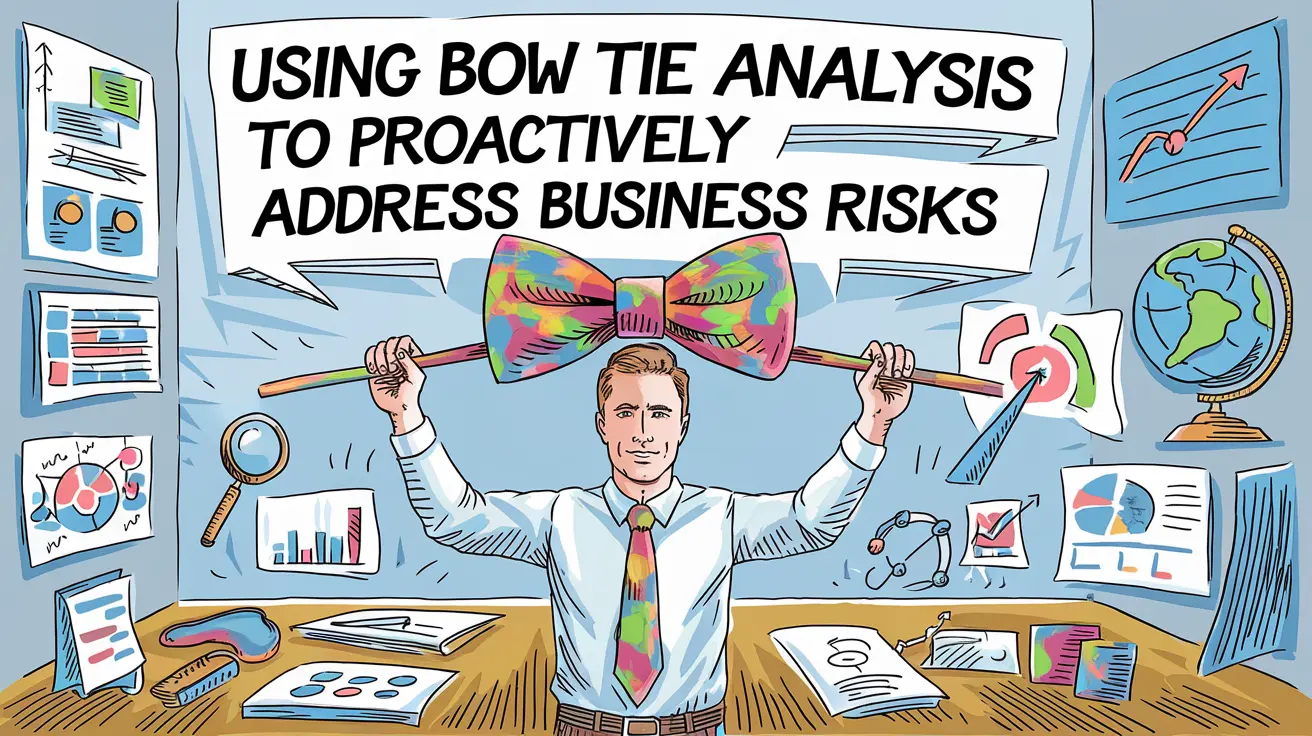If you are a Business Analyst (BA) new to a project, the Stakeholder Matrix is an excellent place to start. The matrix helps you to identify all stakeholders involved in the project, assess their level of interest and power, and prioritize your efforts to manage these relationships effectively. By understanding the stakeholders’ interests, expectations, and concerns, you can develop a comprehensive understanding of the project’s scope and requirements. This information is crucial for developing a successful project plan and ensuring that all stakeholders’ needs are met. As a BA, you play a critical role in managing stakeholders effectively, and the Stakeholder Matrix is a valuable tool to help you achieve this.
What is a Stakeholder Matrix?
A Stakeholder Matrix is a tool used to identify the different stakeholders involved in a project or business and to assess their level of interest and influence. The matrix is usually represented as a grid with four quadrants: high power/high interest, high power/low interest, low power/high interest, and low power/low interest.
In the Stakeholder Matrix, stakeholders with high power and high interest are considered key players who must be closely managed and engaged. Those with high power and low interest are typically given less attention but are still monitored to ensure they remain satisfied. Those with low power and high interest require minimal effort to manage, while those with low power and low interest are generally left alone.
The matrix helps businesses to understand the interests, expectations, and concerns of different stakeholders and how they might affect the business. By identifying the stakeholders and their level of influence, businesses can prioritize their efforts to manage the relationships, minimize risks, and optimize outcomes.
Why is a Stakeholder Matrix Important?
A Stakeholder Matrix is an essential tool for any business or project, as it helps to:
1. Identify stakeholders
The first step in managing stakeholders is to identify them. A Stakeholder Matrix helps businesses to identify all stakeholders, including those who may be overlooked, and assess their level of interest and power.
2. Prioritize stakeholder management
A Stakeholder Matrix helps businesses prioritize the stakeholders that require the most attention and resources. By identifying the key players with high power and high interest, businesses can focus on managing those relationships and minimizing risks.
3. Manage stakeholder expectations
A Stakeholder Matrix helps businesses to understand the expectations and concerns of different stakeholders. By managing these expectations, businesses can build stronger relationships and minimize conflicts.
4. Minimize risk
A Stakeholder Matrix helps businesses to identify potential risks associated with different stakeholders and develop mitigation strategies to minimize those risks.
5. Optimize outcomes
A Stakeholder Matrix helps businesses to align the interests of different stakeholders and optimize outcomes. By understanding the priorities of different stakeholders, businesses can make better decisions that benefit all parties.
How to Use a Stakeholder Matrix
A Stakeholder Matrix can be used in various ways, depending on the business or project’s objectives. Here are the steps to create and use a Stakeholder Matrix:
1. Identify stakeholders
Identify all stakeholders involved in the business or project, including those who may be overlooked. This includes employees, investors, customers, suppliers, regulators, and the community at large.
2. Assess level of interest and power
Assess the level of interest and power for each stakeholder. The level of interest refers to how much the stakeholder cares about the business or project, while the level of power refers to the ability to influence decisions or outcomes.
3. Create a Stakeholder Matrix
Create a grid with four quadrants and plot each stakeholder according to their level of interest and power. Stakeholders with high power and high interest are placed in the top right quadrant, while those with low power and low interest are placed in the bottom left quadrant.
4. Develop a stakeholder management plan
Develop a stakeholder management plan that prioritizes the stakeholders in the top right quadrant.
5. Monitor and adjust the plan
Monitor the stakeholder management plan regularly and make adjustments as necessary. As the business or project progresses, stakeholders’ interests and power may change, requiring the plan to be updated accordingly.
6. Communicate with stakeholders
Effective communication is crucial to managing stakeholders successfully. It is essential to keep stakeholders informed of any developments, changes, or decisions that may affect them. Communication should be tailored to each stakeholder’s needs and preferences.
7. Evaluate the outcomes
Evaluate the outcomes of the stakeholder management plan regularly. This helps to identify what is working well and what needs improvement. Use this information to adjust the plan and make informed decisions moving forward.
Stakeholder Matrix Examples
Here are some examples of how a Stakeholder Matrix can be used:
Example 1: Small Business
A small business owner can use a Stakeholder Matrix to identify and prioritize stakeholders’ interests and expectations. The matrix can help the owner to identify key players, such as customers and suppliers, and develop strategies to manage those relationships effectively.
Example 2: Large Corporation
A large corporation can use a Stakeholder Matrix to assess the level of interest and power for different stakeholders, such as investors, regulators, and the community. The matrix can help the corporation to prioritize its efforts to manage these relationships effectively and minimize risks.
Example 3: Non-profit Organization
A non-profit organization can use a Stakeholder Matrix to identify the different stakeholders involved in its mission and assess their level of interest and power. The matrix can help the organization to prioritize its resources and efforts to engage key players, such as donors and volunteers, and achieve its goals.
FAQs
What is a stakeholder?
A stakeholder refers to anyone with an interest or concern in a business or project. This includes employees, investors, customers, suppliers, regulators, and the community at large.
What is a Stakeholder Matrix?
A Stakeholder Matrix is a tool used to identify, prioritize, and manage the interests and expectations of different stakeholders. The matrix assesses the level of interest and power for each stakeholder and prioritizes the stakeholders that require the most attention and resources.
How do you use a Stakeholder Matrix?
To use a Stakeholder Matrix, identify all stakeholders involved in the business or project, assess the level of interest and power for each stakeholder, create a grid with four quadrants, and plot each stakeholder according to their level of interest and power. Develop a stakeholder management plan that prioritizes the stakeholders in the top right quadrant, monitor and adjust the plan regularly, communicate with stakeholders effectively, and evaluate the outcomes regularly.
What are the benefits of using a Stakeholder Matrix?
The benefits of using a Stakeholder Matrix include identifying all stakeholders involved in the business or project, prioritizing stakeholder management, managing stakeholder expectations, minimizing risks, and optimizing outcomes. The matrix helps businesses to understand the interests, expectations, and concerns of different stakeholders and how they might affect the business.














Leave a Reply